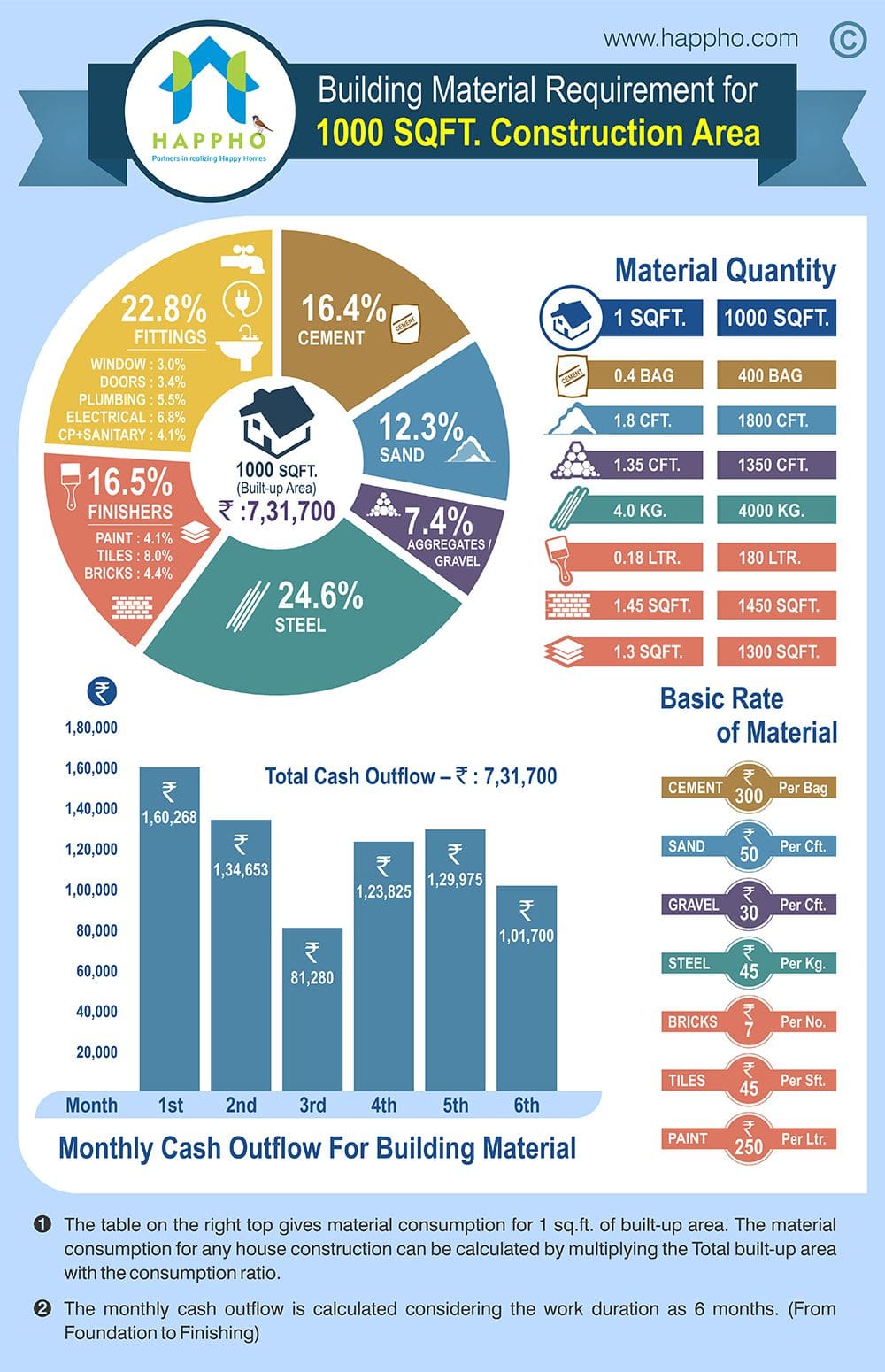Discover How Seasonal Factors Influence Commercial Outside Painting Success And Find The Very Best Times To Guarantee Long-Term Outcomes For Your Project
Discover How Seasonal Factors Influence Commercial Outside Painting Success And Find The Very Best Times To Guarantee Long-Term Outcomes For Your Project
Blog Article
Material Author-Burnham Whalen
When you're planning an industrial exterior paint job, seasonal variables can make or break your outcomes. You'll wish to consider just how temperature level and humidity influence paint application and drying times. Picking painting contractors near my location can ensure your paint adheres appropriately and lasts longer. Yet which periods are genuinely the very best for this sort of job? Let's explore the key elements that can impact your project's success.
The Influence of Temperature on Paint Application
When you're preparing an industrial outside painting project, the temperature level can dramatically impact how well the paint adheres and dries out.
Preferably, you intend to repaint when temperature levels vary between 50 ° F and 85 ° F. If it's also chilly, the paint might not heal effectively, resulting in concerns like peeling off or breaking.
On the other side, if it's also hot, the paint can dry out too quickly, avoiding proper bond and leading to an uneven surface.
You ought to additionally take into consideration the moment of day; morning or late afternoon supplies cooler temperatures, which can be much more favorable.
Constantly examine the supplier's referrals for the details paint you're using, as they usually provide advice on the ideal temperature range for ideal outcomes.
Humidity and Its Result on Drying Times
Temperature isn't the only ecological aspect that influences your industrial external paint project; moisture plays a significant role also. High humidity degrees can slow down drying times significantly, affecting the general quality of your paint job.
When the air is saturated with moisture, the paint takes longer to treat, which can cause issues like inadequate attachment and a higher danger of mildew development. If you're repainting on an especially moist day, be prepared for extended delay times in between layers.
It's essential to keep track of regional weather conditions and strategy as necessary. Preferably, go for moisture levels in between 40% and 70% for ideal drying out.
Keeping these consider mind ensures your project stays on track and provides a long lasting finish.
Best Seasons for Commercial Exterior Painting Projects
What's the best season for your business outside painting jobs?
Spring and early loss are typically your best choices. Throughout these periods, temperatures are mild, and humidity levels are usually lower, producing perfect problems for paint application and drying out.
Stay clear of summertime's intense heat, which can create paint to completely dry too rapidly, resulting in inadequate attachment and coating. Likewise, wintertime's chilly temperature levels can impede correct drying out and treating, risking the long life of your paint task.
Aim for days with temperatures between 50 ° F and 85 ° F for optimum outcomes. Keep in mind to inspect the neighborhood weather prediction for rainfall, as wet problems can spoil your project.
Planning around these factors guarantees your paint task runs efficiently and lasts much longer.
Conclusion
To conclude, planning your commercial exterior painting projects around seasonal considerations can make a considerable distinction in the result. By scheduling work throughout the excellent temperatures and humidity levels, you'll make sure far better adhesion and drying times. Keep in mind to keep an eye on local weather prediction and choose the right time of year-- springtime and very early autumn are your best choices. Taking tulsa patios will certainly aid you accomplish a resilient and expert surface that lasts.
